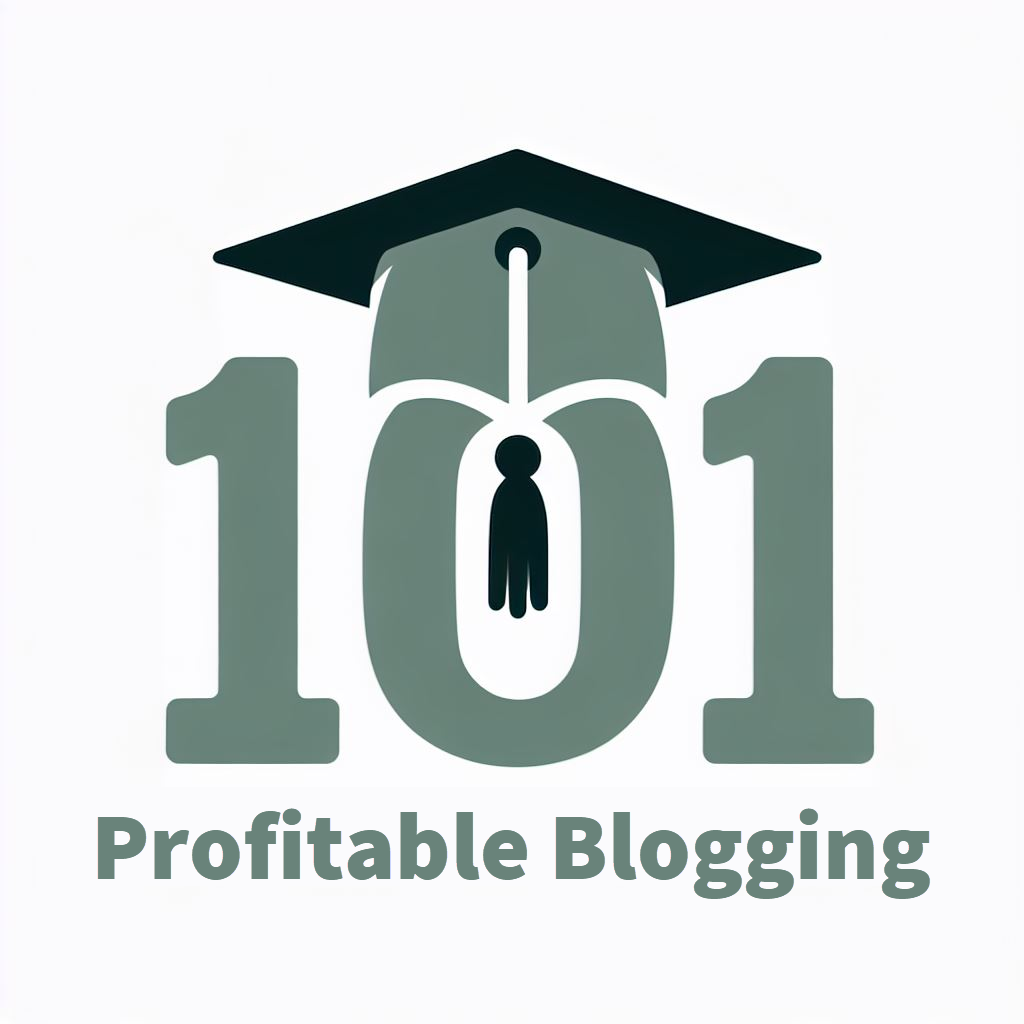Building Your Brand Voice: How to Stand Out in the Crowded Blogging Landscape
In a world where everyone's a blogger, you might think standing out is like finding a needle in a haystack. But fear not, for your brand voice holds the power to cut through the noise and make a lasting impact.
By mastering the art of crafting a unique persona and engaging storytelling, you can captivate your audience and leave a memorable mark in the digital domain.
So, how exactly do you build a brand voice that resonates and sets you apart from the rest?
Understanding Brand Voice
To establish a strong brand voice in your blogging, you must first understand the essence of what sets your brand apart in the digital landscape. Your brand voice is the unique personality and style through which your brand communicates with your audience. It's the tone, language, and values that differentiate you from others in the crowded online world. Begin by defining your brand's core values and mission. Ask yourself what you stand for, what makes you different, and why your audience should choose you over competitors.
Once you have a clear understanding of your brand's identity, you can start shaping your brand voice. Consider the emotions you want to evoke in your audience and the message you want to convey. Whether it's being authoritative, friendly, or humorous, make sure that your brand voice aligns with your values and resonates with your target audience.
Consistency is key in building brand recognition and loyalty. By staying true to your brand voice across all your content, you'll create a cohesive and authentic brand identity that leaves a lasting impression on your readers.
Identifying Your Target Audience
Identifying your target audience is an important step in crafting a successful blogging strategy. Understanding who your audience is, their interests, demographics, and preferences will help you tailor your content to resonate with them. Start by conducting market research to gather data on your potential readers. Analyze your current audience if you already have one, looking at their interactions and feedback to draw insights. By identifying your target audience, you can create content that speaks directly to their needs and desires, increasing engagement and loyalty.
Consider creating buyer personas to represent different segments of your audience. These personas can guide your content creation process, ensuring that you address the specific pain points and interests of each group. Continuously monitor and adjust your strategies based on audience feedback and analytics to stay relevant and connected. Remember, your target audience is at the core of your blogging success, so invest time and effort in understanding and catering to their needs.
Defining Your Brand Personality
Understanding your brand personality is key to creating a distinct voice that resonates with your audience and sets you apart in the crowded blogosphere. To define your brand personality effectively, follow these steps:
- Reflect on Your Values: Consider what principles are important to you and how you want them to come across in your content. Your values form the core of your brand personality.
- Identify Your Tone: Decide on the tone of your writing – whether it's casual, formal, humorous, or informative. This sets the overall vibe for your brand.
- Choose Your Words Wisely: Select specific vocabulary that aligns with your brand's personality. The words you use play a significant role in shaping how your audience perceives you.
- Maintain Consistency: Make sure that your brand personality remains consistent across all your blog posts. Consistency helps build trust and loyalty with your audience.
Crafting Unique Messaging
Crafting unique messaging begins with delving into the core essence of your brand and translating it into compelling communication that captivates your audience. To create messaging that stands out in the crowded blogging landscape, you must first understand what sets your brand apart. Consider your brand values, mission, and unique selling points. These elements will serve as the foundation for your messaging strategy.
When crafting your messaging, aim to be authentic and relatable. Your audience seeks genuine connections, so make sure your communication reflects your brand's personality and resonates with your target demographic. Use language that's consistent with your brand voice and aligns with the preferences of your audience.
Additionally, it's important to keep your messaging clear, concise, and consistent across all platforms. Whether you're writing a blog post, social media caption, or email newsletter, make sure that your messaging remains cohesive. By maintaining a unified voice, you strengthen brand recognition and build trust with your audience. Craft your messaging thoughtfully, always keeping your brand essence at the forefront to create a lasting impact.
Developing Consistent Tone
To maintain a strong brand presence and enhance audience engagement, guaranteeing a consistent tone throughout your content is key. Consistency builds trust and helps your audience connect with your brand on a deeper level. Here are four essential tips to help you develop a consistent tone for your blog:
- Define Your Brand Personality: Clearly outline the personality traits you want your brand to embody. Whether it's friendly, professional, humorous, or authoritative, your tone should reflect these characteristics consistently across all your content.
- Understand Your Audience: Tailor your tone to resonate with your target audience. Consider their preferences, values, and communication style. Adapting your tone to suit your audience will help you build stronger relationships and foster loyalty.
- Create Style Guidelines: Establish clear style guidelines for your brand voice, including tone, language, and writing style. Consistent guidelines ensure that all your content aligns with your brand identity.
- Review and Adjust Regularly: Regularly review your content to guarantee it aligns with your brand tone. Analyze audience feedback and engagement metrics to make necessary adjustments and improve your brand voice over time.
Choosing Suitable Content Formats
Selecting the right content formats is important for maximizing audience engagement and conveying your brand message effectively. When choosing content formats for your blog, consider your target audience and the type of content that resonates with them.
Written articles are great for providing in-depth information, while listicles are perfect for a quick and easy read. Incorporating videos can add a dynamic visual element to your blog and appeal to a wider audience. Podcasts are ideal for engaging with audiences on the go, allowing them to listen to your content while multitasking.
Interactive content such as quizzes and polls can boost user engagement and create a more personalized experience. Remember to mix up your content formats to keep your audience interested and cater to different preferences.
Incorporating Visual Identity
To establish a strong visual identity for your brand in blogging, consider how visual elements can enhance the impact of your content and create a lasting impression on your audience. Visual identity is important in setting your blog apart and making it instantly recognizable. Here's how you can effectively incorporate a visual identity into your brand:
- Logo and Color Scheme: Design a unique logo and choose a consistent color palette that reflects your brand's personality and values.
- Imagery Selection: Curate high-quality images that align with your brand message and resonate with your target audience.
- Typography: Select fonts that are easy to read and represent the tone of your blog, whether it's formal, casual, or creative.
- Consistency Across Platforms: Make sure that your visual elements are cohesive across all platforms to maintain brand recognition and build trust with your audience.
Engaging With Authentic Storytelling
Establish a deep connection with your audience by weaving compelling narratives that reflect the authenticity and essence of your brand. Share personal anecdotes, behind-the-scenes stories, or experiences that shaped your brand's values. Authentic storytelling allows your audience to relate to your journey, creating a bond built on trust and transparency.
Craft narratives that resonate with your audience's emotions and values. Highlight how your brand overcame challenges, celebrated successes, or made a positive impact. By sharing genuine stories, you humanize your brand and make it more relatable to your audience.
Invite your audience to be part of the storytelling process. Encourage them to share their own experiences related to your brand or products. This interactive approach not only fosters engagement but also strengthens the community around your brand.
Leveraging Social Media Platforms
Utilizing various social media platforms strategically can greatly enhance your brand's online presence and engagement with a wider audience. When it comes to leveraging social media for your brand voice, follow these key steps:
- Choose the Right Platforms: Select social media platforms that align with your brand and where your target audience is most active. Don't spread yourself too thin across all platforms; focus on the ones that will bring the most value.
- Consistent Branding: Maintain consistency in your brand voice, visuals, and messaging across all social media channels. This helps in reinforcing your brand identity and making it easily recognizable to your audience.
- Engage with Your Audience: Encourage two-way communication by responding to comments, messages, and mentions promptly. Engaging with your audience builds trust and loyalty, showing that you value their input.
- Utilize Analytics Tools: Monitor the performance of your social media efforts using analytics tools provided by the platforms. Analyzing data will help you understand what content resonates best with your audience, allowing you to refine your brand voice strategy for better results.
Measuring Brand Voice Success
When evaluating the impact of your brand voice on social media, it's imperative to measure its success through key performance indicators and metrics. Tracking engagement metrics such as likes, shares, comments, and click-through rates can provide valuable insights into how your audience is responding to your brand voice.
Additionally, monitoring follower growth and reach can help gauge the overall impact and visibility of your brand.
Analyzing sentiment through comments and direct messages allows you to understand how your audience perceives your brand voice. Are they resonating with your messaging, or is there room for improvement? By paying attention to sentiment, you can refine your brand voice to better connect with your audience.
Moreover, tracking conversion rates from social media campaigns linked to your brand voice can demonstrate the effectiveness of your messaging in driving desired actions. Whether it's website visits, newsletter sign-ups, or product purchases, these metrics can indicate the tangible impact of your brand voice on driving engagement and conversions.
Evolving Your Brand Voice Over Time
To evolve your brand voice over time, consider revisiting your target audience's preferences and adapting your messaging accordingly. This strategic approach guarantees that your brand remains relevant and resonates with your audience as their preferences evolve.
Here are four key steps to help you effectively evolve your brand voice:
- Conduct Audience Research: Regularly gather feedback from your audience through surveys, social media interactions, and website analytics to understand their changing preferences and interests.
- Analyze Competitors: Keep an eye on your competitors' brand voices to identify trends and opportunities for differentiation. This analysis can help you refine your own brand voice to stand out in the crowded blogging landscape.
- Experiment with Tone and Style: Test different tones, styles, and messaging strategies to see what resonates best with your audience. Don't be afraid to try new approaches and adjust based on the feedback received.
- Consistency is Key: While evolving your brand voice, guarantee consistency across all your content to maintain brand integrity and recognition. Consistent messaging builds trust and reinforces your brand identity over time.
Frequently Asked Questions
How Can I Effectively Incorporate Humor Into My Brand Voice Without Coming Across as Unprofessional or Offensive?
To effectively incorporate humor into your brand voice without being unprofessional or offensive, make sure it aligns with your brand values, consider your audience's preferences, test it with a small group, and always prioritize authenticity and respect in your content.
What Are Some Strategies for Maintaining a Consistent Brand Voice Across Different Platforms and Channels?
To maintain a consistent brand voice across various platforms and channels, focus on defining your brand's core values and messaging. Utilize style guides, templates, and regular audits to guarantee alignment. Engage with your audience authentically and adapt content accordingly.
How Do I Handle Negative Feedback or Backlash on Social Media Without Compromising My Brand Voice?
When faced with negative feedback on social media, address concerns respectfully, offer solutions, and stay true to your brand voice. Engage with critics constructively, showcase your brand values, and highlight your commitment to continuous improvement.
Is It Possible to Have Multiple Brand Voices for Different Target Audiences, or Should I Strive for a Uniform Voice Across All Content?
You can absolutely have multiple brand voices tailored to different target audiences. It allows you to connect authentically with diverse groups and maximize engagement. Just guarantee each voice aligns with your overall brand values and goals.
What Are Some Tips for Adjusting My Brand Voice to Stay Relevant and Resonate With Changing Trends in the Blogging Landscape?
To adjust your brand voice in the ever-evolving blogging world, stay informed on trends, engage with your audience for feedback, experiment with new styles, and always be authentic. Flexibility and adaptability will be your keys to success.
Conclusion
Now that you have the tools to build your brand voice and stand out in the crowded blogging landscape, you may be wondering if it's worth the time and effort.
However, investing in your brand voice is essential for creating a strong connection with your audience and setting yourself apart from the competition.
By staying true to your brand personality, crafting unique messaging, and engaging authentically, you can elevate your blog and make a lasting impact in the digital world.







